Oh man, UnitedHealthcare stock. Year to date, shares are down 50%, wiping out roughly $254 per share in market value. Let’s unpack what’s driving the slide, explore the key financials, and see if this pullback masks a buying opportunity.
First off, UnitedHealth Group is a Minnesota‐based healthcare services and insurance titan. With a market cap of $226 billion, it’s one of the biggest players in U.S. healthcare. The company pays a reliable dividend yield of 3.54%, and the current PE ratio is the lowest it’s been since 2012.
The primary catalysts for the downturn are a Q2 earnings miss, a 2026 guidance cut, rising unit costs, and broader sector weakness. Tariff pressures under the current administration affect many large firms, but a handful of company-specific issues have hit UNH especially hard.
Q2 2025 Earnings and Guidance Revision
In Q2 2025, UnitedHealthcare reported adjusted EPS of $4.08, missing analyst forecasts of $4.48. Revenue inched up to $111 billion, but the earnings shortfall triggered a full-year EPS guidance cut to $16, down from prior targets in the high $29–30 range. A revision of that magnitude always rattles investor confidence.
| Metric |
Q2 2025 Actual |
Q2 2025 Estimate |
| Adjusted EPS |
$4.08 |
$4.48 |
| Revenue |
$111 billion |
— |
| Full-Year EPS Guidance |
$16 |
$29–30 |
Pricing Power and Segment Performance
UnitedHealth leverages its massive membership base to push through price increases. Unit costs climbed a total of 89.4%, translating into a 4.3% higher average price hike than the previous year. However, the pharmacy benefit management business saw a 7% revenue decline, sparking questions over integration synergies from past acquisitions.
| Measure |
Change |
| Unit Cost Increase |
89.4% |
| Year-over-Year Price Hike |
4.3% |
| Pharmacy Benefit Business Decline |
7% |
Regulatory Scrutiny and Leadership Shifts
Beyond the numbers, UNH is under federal civil and criminal investigations for alleged Medicare Advantage billing fraud. Potential settlements or fines could total around $1.6 billion. While manageable given existing cash reserves, the news has unsettled investors.
Leadership turnover adds another layer of uncertainty. Frequent CEO changes can erode investor trust, especially when the fate of prior executives looms large in memory.
Sector Weakness and Peer Performance
It’s not just UnitedHealth feeling the pain. The overall healthcare sector is at its weakest point in years. Companies like Pfizer, Moderna, and Johnson & Johnson are all down significantly, dragging sector ETFs and funds out of the group—even when fundamentals at individual firms remain intact.
| Company |
YTD Performance |
| UnitedHealthcare (UNH) |
-50% |
| Pfizer (PFE) |
-25% |
| Moderna (MRNA) |
-30% |
| Johnson & Johnson (JNJ) |
-15% |
Share Buybacks and Insider Confidence
One positive signal: UNH is aggressively buying back its own shares. Share repurchases often indicate management believes the stock is undervalued. Reducing the float can enhance EPS and return value to shareholders over time.
Historical Valuation Comparison
When you compare today’s valuation to historical levels, the case for buying becomes clearer. The PE ratio is at 13×—its lowest since 2012—while the share price is near 2019 lows. Yet, EPS levels remain close to all-time highs, creating a compelling value setup.
| Year |
PE Ratio Low |
Share Price Low |
Adjusted EPS Guidance |
| 2012 |
12× |
— |
— |
| 2019 |
— |
$249 |
— |
| 2025 |
13× |
$254 |
$16 |
Calculating Intrinsic Value
Let’s run intrinsic value estimates using a conservative 6% growth assumption:
- Graham Original Formula: $473
- Graham Updated Formula: $420
- Analyst-Adjusted Model: $266
UNH’s current share price of $249 sits below even the most conservative $266 estimate. Applying a 35% margin of safety yields a buy threshold near $273, leaving upside potential at current levels.
| Valuation Model |
Intrinsic Value |
| Graham Original Formula |
$473 |
| Graham Updated Formula |
$420 |
| Analyst-Adjusted Model |
$266 |
| 35% Margin of Safety Level |
$273 |
| Current Share Price |
$249 |
Balance Sheet Strength and Dividend Profile
On the balance sheet, assets comfortably exceed liabilities, and $1.6 billion in cash can absorb potential regulatory costs. The dividend yield of 3.54% equates to about $8 per share, with a payout ratio of 33%. Over the past five years, dividends grew at 13.64% annually, and they haven’t been cut in 15 years.
Still, if legal penalties escalate or cost pressures mount, a dividend reduction could occur. That scenario would likely push the stock lower before it rebounds.
| Metric |
Value |
| Dividend Yield |
3.54% |
| Annual Dividend per Share |
$8 |
| Payout Ratio |
33% |
| 5-Year Dividend Growth Rate |
13.64% |
| Consecutive Annual Increases |
15 years |
Final Verdict: Buy, Hold, or Sell?
With shares trading below intrinsic estimates, a low PE ratio, strong cash flows, and active share repurchases, the risk/reward profile tilts in favor of long-term buyers. Regulatory and sector headwinds introduce volatility, but the fundamental setup and valuation are attractive.
Investment Verdict: Buy
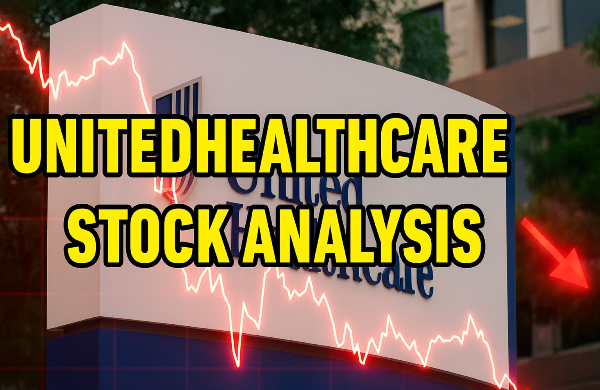

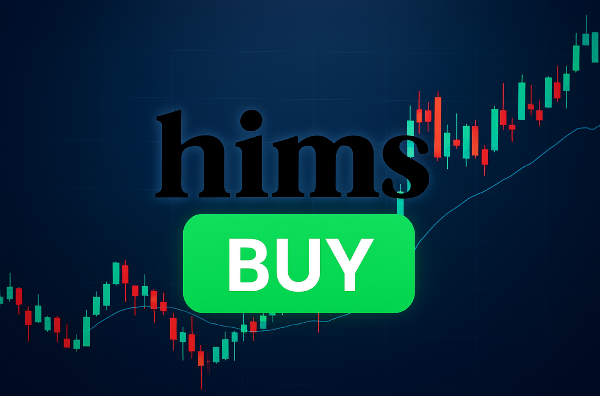
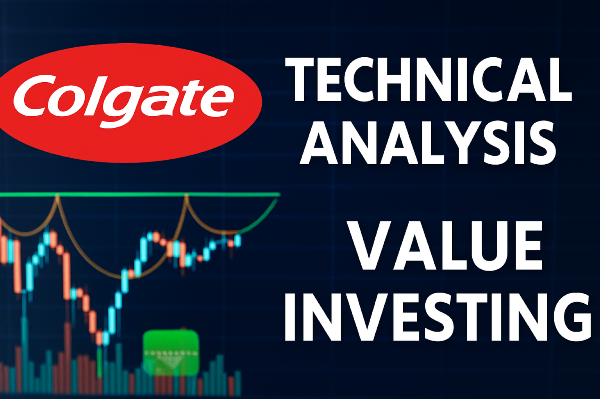
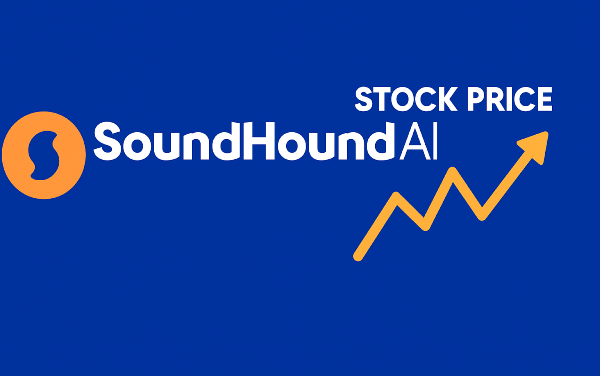

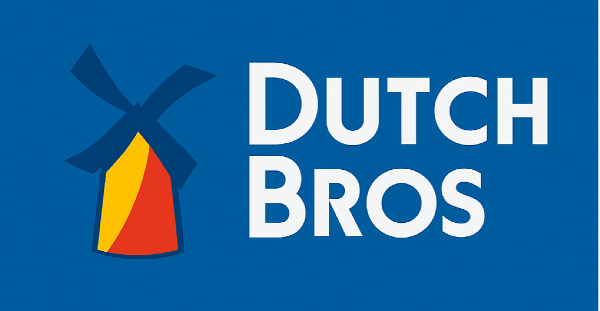
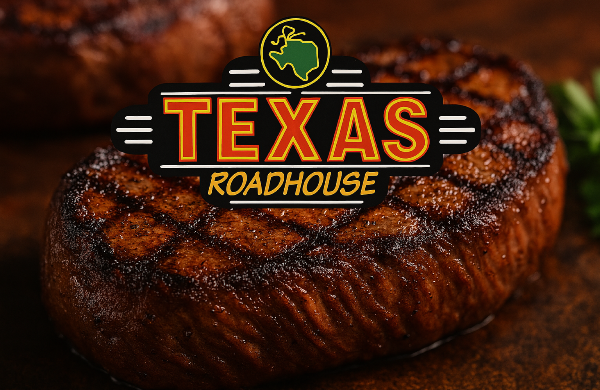
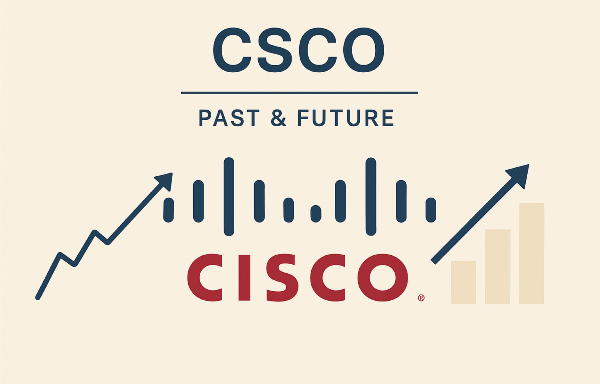
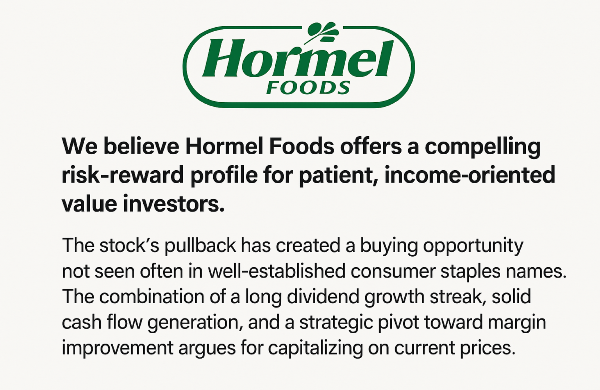
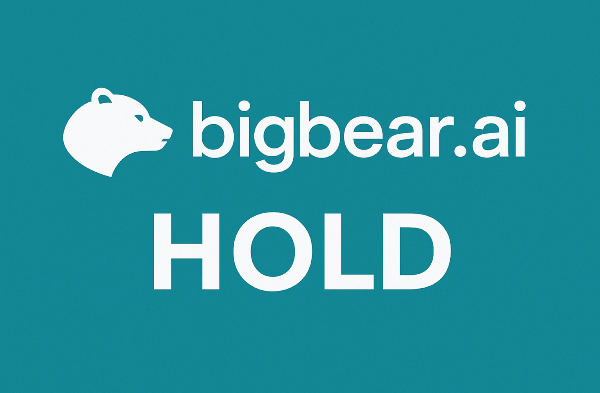

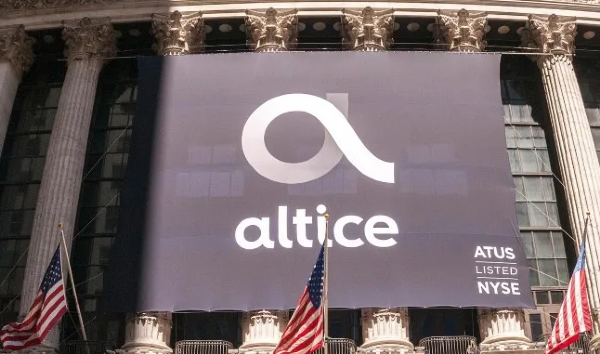
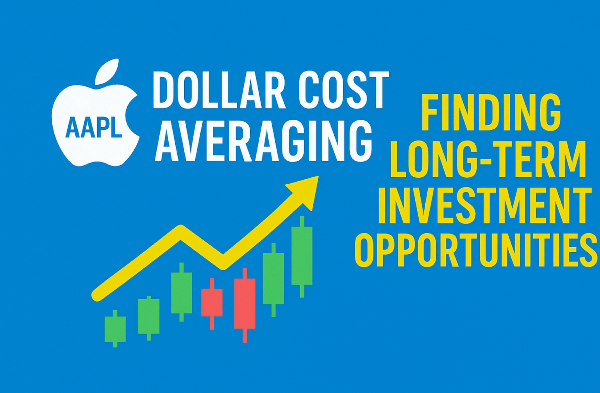

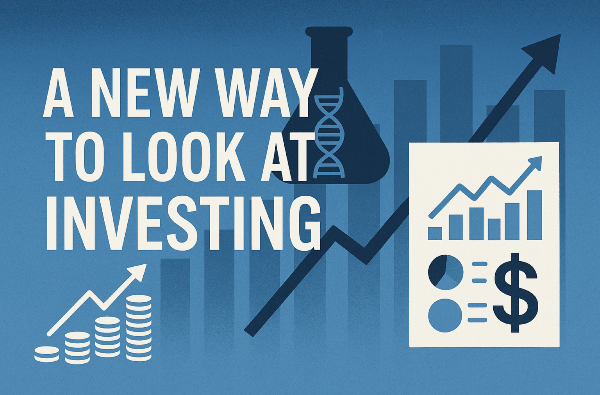
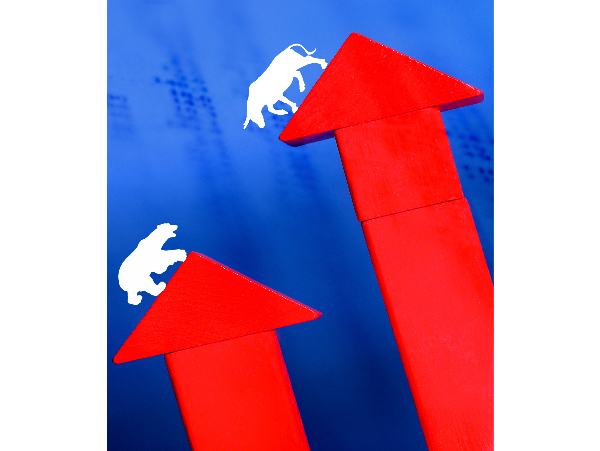
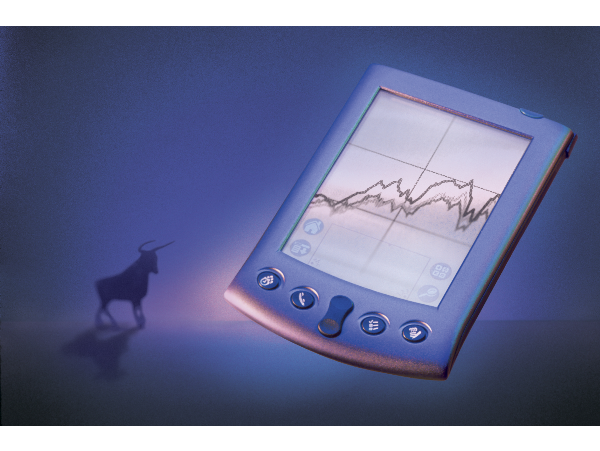
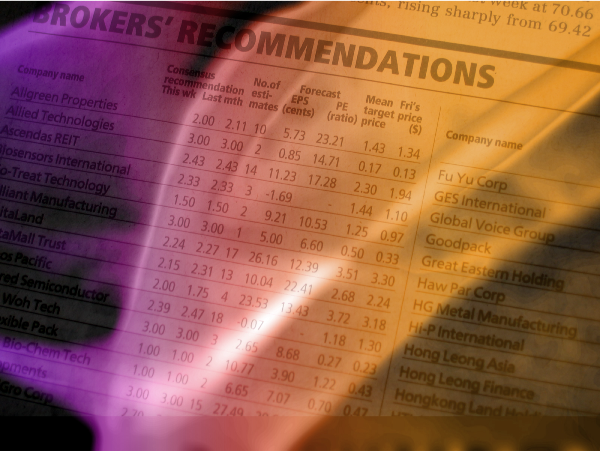

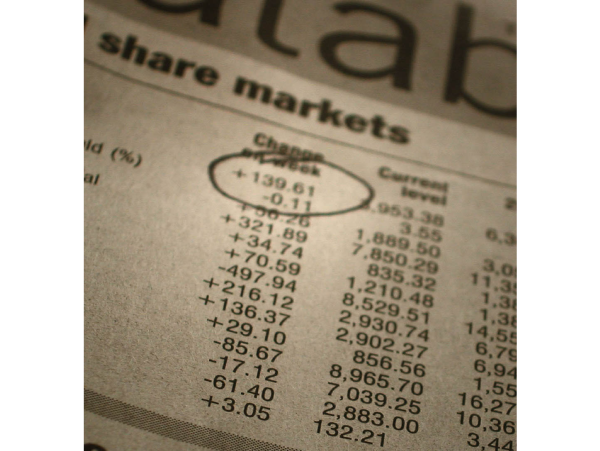
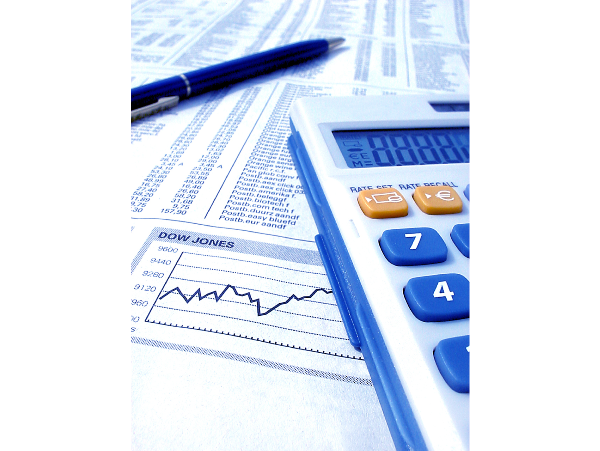








Oh man, UnitedHealthcare stock. Year to date, shares are down 50%, wiping out roughly $254 per share in market value. Let’s unpack what’s driving the slide, explore the key financials, and see if this pullback masks a buying opportunity.
First off, UnitedHealth Group is a Minnesota‐based healthcare services and insurance titan. With a market cap of $226 billion, it’s one of the biggest players in U.S. healthcare. The company pays a reliable dividend yield of 3.54%, and the current PE ratio is the lowest it’s been since 2012.
The primary catalysts for the downturn are a Q2 earnings miss, a 2026 guidance cut, rising unit costs, and broader sector weakness. Tariff pressures under the current administration affect many large firms, but a handful of company-specific issues have hit UNH especially hard.
Q2 2025 Earnings and Guidance Revision
In Q2 2025, UnitedHealthcare reported adjusted EPS of $4.08, missing analyst forecasts of $4.48. Revenue inched up to $111 billion, but the earnings shortfall triggered a full-year EPS guidance cut to $16, down from prior targets in the high $29–30 range. A revision of that magnitude always rattles investor confidence.
Pricing Power and Segment Performance
UnitedHealth leverages its massive membership base to push through price increases. Unit costs climbed a total of 89.4%, translating into a 4.3% higher average price hike than the previous year. However, the pharmacy benefit management business saw a 7% revenue decline, sparking questions over integration synergies from past acquisitions.
Regulatory Scrutiny and Leadership Shifts
Beyond the numbers, UNH is under federal civil and criminal investigations for alleged Medicare Advantage billing fraud. Potential settlements or fines could total around $1.6 billion. While manageable given existing cash reserves, the news has unsettled investors.
Leadership turnover adds another layer of uncertainty. Frequent CEO changes can erode investor trust, especially when the fate of prior executives looms large in memory.
Sector Weakness and Peer Performance
It’s not just UnitedHealth feeling the pain. The overall healthcare sector is at its weakest point in years. Companies like Pfizer, Moderna, and Johnson & Johnson are all down significantly, dragging sector ETFs and funds out of the group—even when fundamentals at individual firms remain intact.
Share Buybacks and Insider Confidence
One positive signal: UNH is aggressively buying back its own shares. Share repurchases often indicate management believes the stock is undervalued. Reducing the float can enhance EPS and return value to shareholders over time.
Historical Valuation Comparison
When you compare today’s valuation to historical levels, the case for buying becomes clearer. The PE ratio is at 13×—its lowest since 2012—while the share price is near 2019 lows. Yet, EPS levels remain close to all-time highs, creating a compelling value setup.
Calculating Intrinsic Value
Let’s run intrinsic value estimates using a conservative 6% growth assumption:
UNH’s current share price of $249 sits below even the most conservative $266 estimate. Applying a 35% margin of safety yields a buy threshold near $273, leaving upside potential at current levels.
Balance Sheet Strength and Dividend Profile
On the balance sheet, assets comfortably exceed liabilities, and $1.6 billion in cash can absorb potential regulatory costs. The dividend yield of 3.54% equates to about $8 per share, with a payout ratio of 33%. Over the past five years, dividends grew at 13.64% annually, and they haven’t been cut in 15 years.
Still, if legal penalties escalate or cost pressures mount, a dividend reduction could occur. That scenario would likely push the stock lower before it rebounds.
Final Verdict: Buy, Hold, or Sell?
With shares trading below intrinsic estimates, a low PE ratio, strong cash flows, and active share repurchases, the risk/reward profile tilts in favor of long-term buyers. Regulatory and sector headwinds introduce volatility, but the fundamental setup and valuation are attractive.
Investment Verdict: Buy